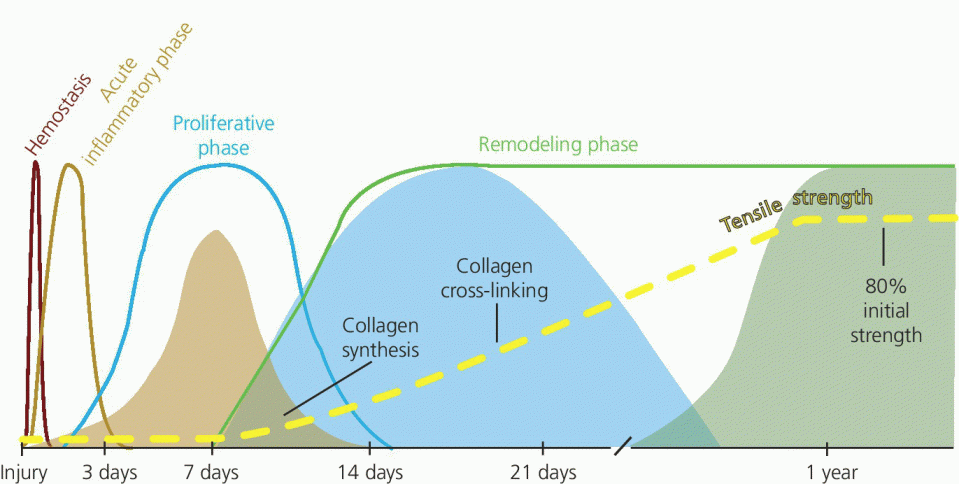
Sitting after Cleft-Lift Surgery
We encourage sitting immediately after surgery.
When I perform a cleft lift, the incision is not in the midline – so when you are sitting there is no force pulling the incision apart. In addition, the reasons patients can have non-healing or recurrence are not that the wound is pulled apart, but rather that it is folded over too much. By being folded and down in a cleft, it does not heal well, or sometimes at all. Then, when one does something seemingly trivial, that has a distracting force on the wound, it comes apart. It seems like the distracting force is what did the damage, but in reality it was the non- healing because of the fold.
When I do a cleft lift, I want air circulation to that area, and sitting opens it up and allows that air circulation. I encourage all my patients to sit immediately after surgery, and have a very high success rate, as evidence that the advice has some merit.
What about surgeons who tell patients not to sit for two weeks after surgery?
There is not much logic to telling a patient not to sit for only 2 weeks because the wound has very little strength at two weeks. If you look at the yellow dotted line on the graph below, a wound only has about 20% of its ultimate tensile strength at two weeks. In addition, at two weeks the dissolving sutures we use are already down to 50% tensile strength. So, two to three weeks after surgery is one of the most fragile times for the wound. If sitting is really detrimental to healing, the restrictions should be much longer.

At our clinic, we recommend that patients avoid contact sports, jogging and biking for six weeks from surgery, but we encourage sitting and other normal activities immediately.
Leave a reply